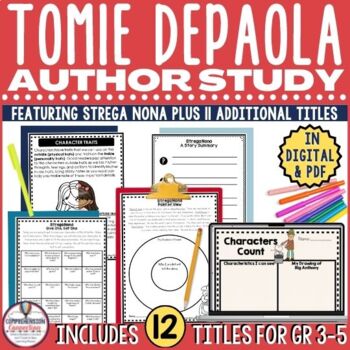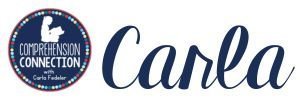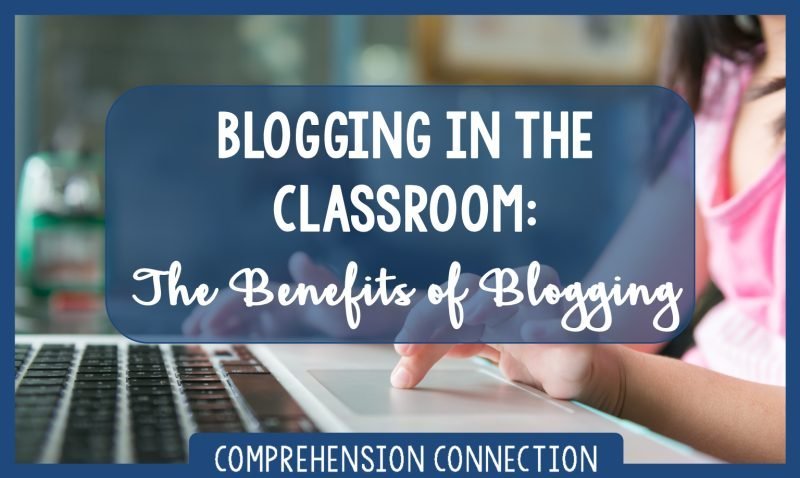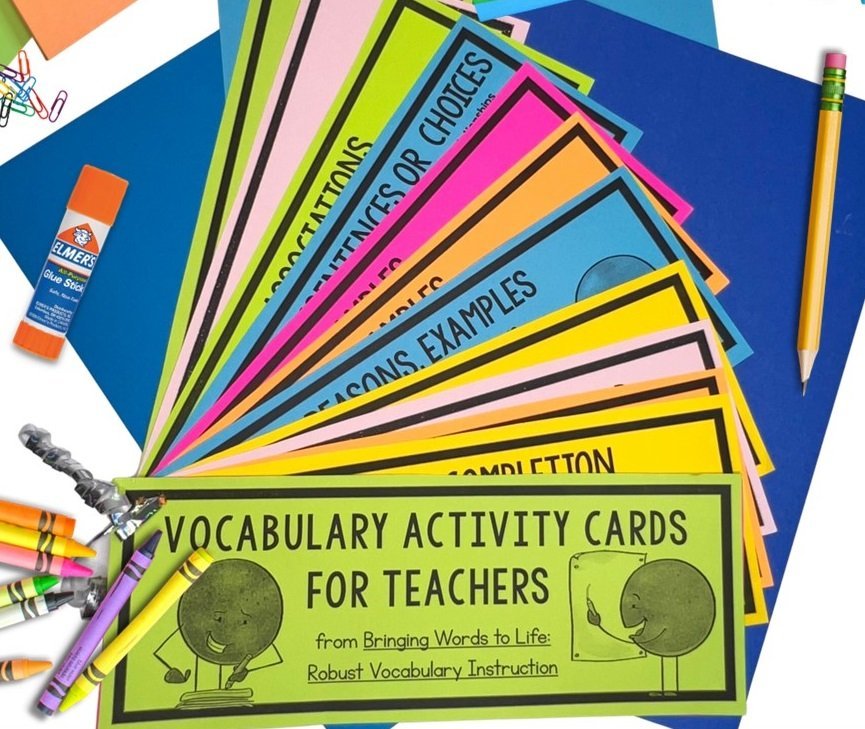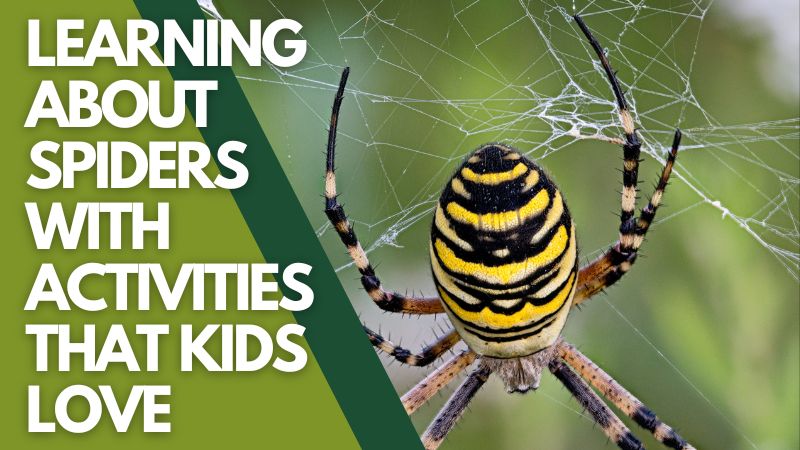
Teaching kids about making comparisons isn’t always easy, but it’s so important. Can you imagine peanut butter without jelly or peas without carrots? Well, there are book titles that seem to come together in pairs too. These paired texts are perfect for making comparisons, and in this post, I thought I’d share a collection of titles I’d pair for making comparisons to help make your planning easier for these lessons.
INTRODUCING MAKING COMPARISONS:
With every skill lesson, the first step is to model. Starting with two concrete objects that students can work with and observe helps get them talking and thinking. For example, you might use lemons and oranges. Students can look at them, touch them, and smell them, but if you cut into them, they might observe additional features that are alike or different.
Using analogy to talk about comparisons helps students think more deeply. We can connect this to the books we read, and especially how we consider the characters and plot. On the surface, we may observe similarities and difference about how the characters look, but upon deeper reflection, we may think about more (character traits, how characters respond/react, and the intricacies of the plot).

Share Compare and Contrast Language
As you discuss concrete items, sharing compare and contrast language is important. Challenge your students to use a different word as they compare and contrast the orange and the lemon. Recording their ideas also models how to get started with writing a compare/contrast paper too.
BOOK SELECTIONS for making comparisons:
The best lessons for making comparisons across texts start with the best book choices for modeling. You can choose books on a similar theme, by the same author, in the same genre, or with similar points of view. Here are a few book combinations you might pair up.
Making Comparisons with Books by the Same Author
For this time of year, my favorite combo are The Mitten and The Hat by Jan Brett. In true Jan Brett form, both books include her beautiful borders which foreshadow events to come.

For comparisons, both stories take place in the winter and include re-purposing articles of clothing, and they both include animals, a Jan Brett trademark too. The characters, Nikki and Lisa, are also quite similar in how they respond to the events of the story. Finally, you might explore the settings of the books too.

The organizer to the right can be used to explore the story elements in both books. Students should include the differences on the hat and mitten organizers and the connections under “both books”.

The units above include a variety of comprehension skills and activities for before, during, and after reading that can be used to further explore each book for different purposes including vocabulary and writing in response to reading in both digital using Google slides and PDF. You can click the images to learn more.
Comparing Versions of the Same Story

The next group of texts I’d pair are versions of the same fairy tale. There are so many versions that you will have no trouble finding a collection to use. If you can’t find those I have listed on the organizer, you can always insert a text box over a title I chose and add what you can find. There were at least 20 versions of Cinderella and The Three Little Pigs.
The versions of Cinderella I selected feature four different cultures including Native American, Chinese, Mexican, and African American. You might do a jigsaw lesson where you have groups read and break down each book’s characters, setting, problem, solution, and other differences. You might also share them as mentor text lessons.
In addition to Cinderella, you can also find many versions of The Three Little Pigs. Here are the titles I like best:
- The Three Little Pigs by James Marshall
- Three Ninja Pigs by Corey Schwartz
- The True Story of the Three Little Pigs by Jon Scieska
- Susan Lowell’s The Three Javalinas
- and
- The Three Little Wolves and the Big Bad Pig by Eugene Trivizas


Like the versions of Cinderella, you can have your students disect the book’s characters, setting, problem, solution, and other differences. You might also project these organizers on a smartboard and give your students sticky notes to record their ideas on and see what each of your groups observe.
Making Comparisons with Books Featuring the Same Main Character:
Another great option is to compare books with the same character. My favorite author of all time is Patricia Polacco. Why? Well, she was a struggling reader when she was young, and her story is an inspiration to all who have a hard time, and she’s shared her reading journey through a collection of books that chronical her experiences with teachers that inspired her and helped her overcome her challenges. There are five books that share her story, Thank You Mr. Falker, Junkyard Wonders, The Art of Mrs. Chew, Mr. Wayne’s Masterpiece, and An A from Mrs. Keller.

Another book set with the same main characters are the Strega Nona books by Tomie dePaola. I just love those books! The two characters, Strega Nona and Big Anthony, are perfect for comparisons across texts. There are five Strega Nona titles, so you have LOTS to choose from.
In addition to the Strega Nona books, Tomie dePaola also has written the Jamie O’Rourke books, Jamie O’Rourke and the Pooka and Jamie O’Rourke and the Big Potato. I just love these too. Honestly, I love all of his books! If you use both the Strega Nona books and the Jamie O’Rourke books, you see connections between Big Anthony and Jamie O’Rourke. They are very similar
If you love Tomie dePaola, there is an author study in my shop with materials for twelve of his books including the Strega Nona books mentioned above, the two Jamie O’Rourke books, the Bill and Pete series, Little Grunt and the Big Egg, and The Art Lesson. You can click the image to the right for TPT or click the link below.
Resource Download:
This bundle comes in digital and pdf to allow use in any teaching style.
-
Sale Product on saleTomie DePaola Author Study with 12 titles in Digital and PDF
$59.88Original price was: $59.88.$25.00Current price is: $25.00.
Final Thoughts…
So, as you can see, there are LOTS of options with comparing across texts. You are sure to have titles you enjoy pairing too. In fact, as I’m closing this post, I thought of a few fiction and nonfiction texts I’ve paired.
- Owl Moon and Owls by Gail Gibbons
- Stellaluna and Bats by Gail Gibbons
- Verdi and National Geographic Snakes
There are many fictional books that include factual information about the animal characters. Making comparisons between fiction and nonfiction texts helps kids better understand the differences.

Making Comparisons Resource:
To download this resource, simply sign up for my email list. All of the forms displayed are included in the download.
Do you have other title suggestions? Be sure to share ways you work on comparing texts below in the comments.







